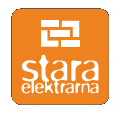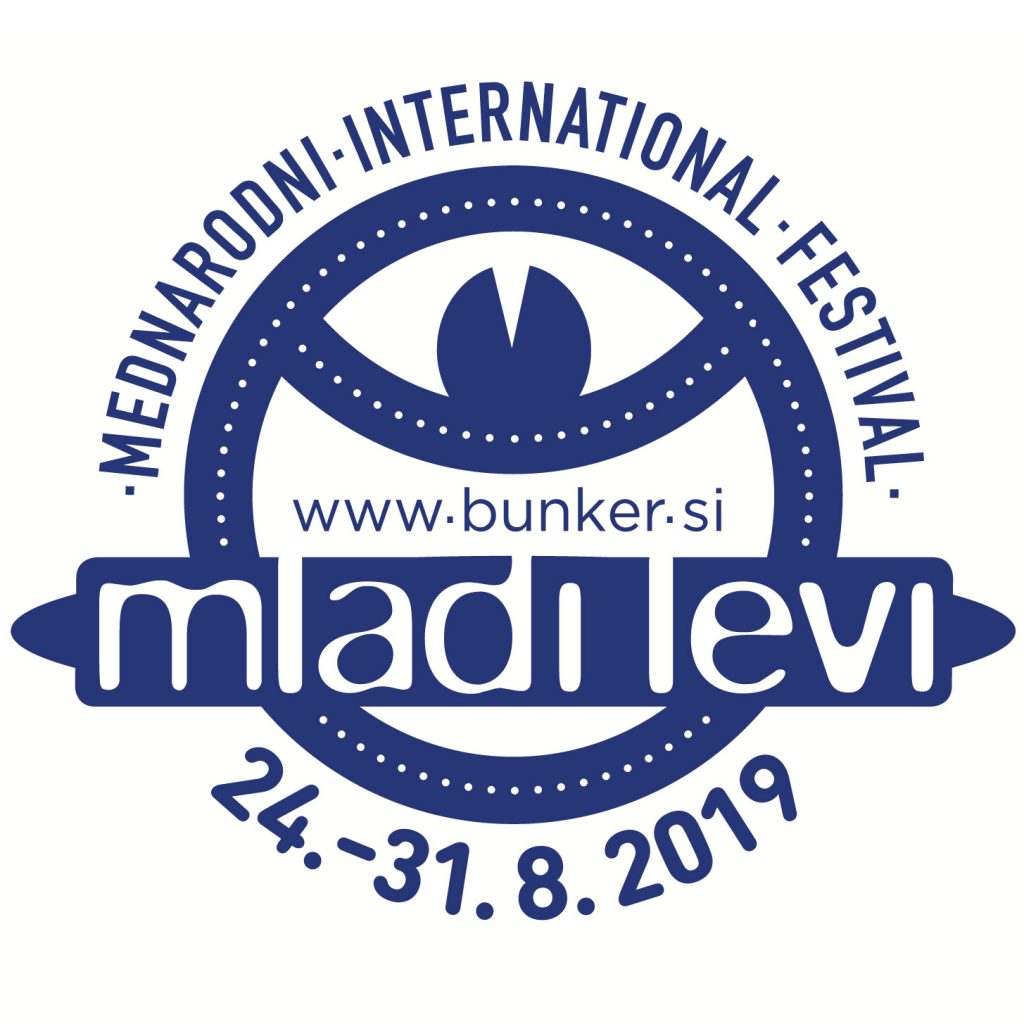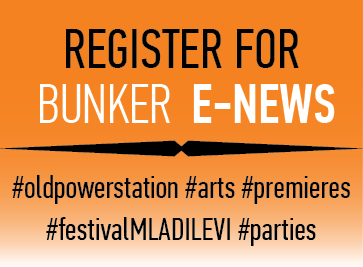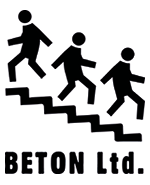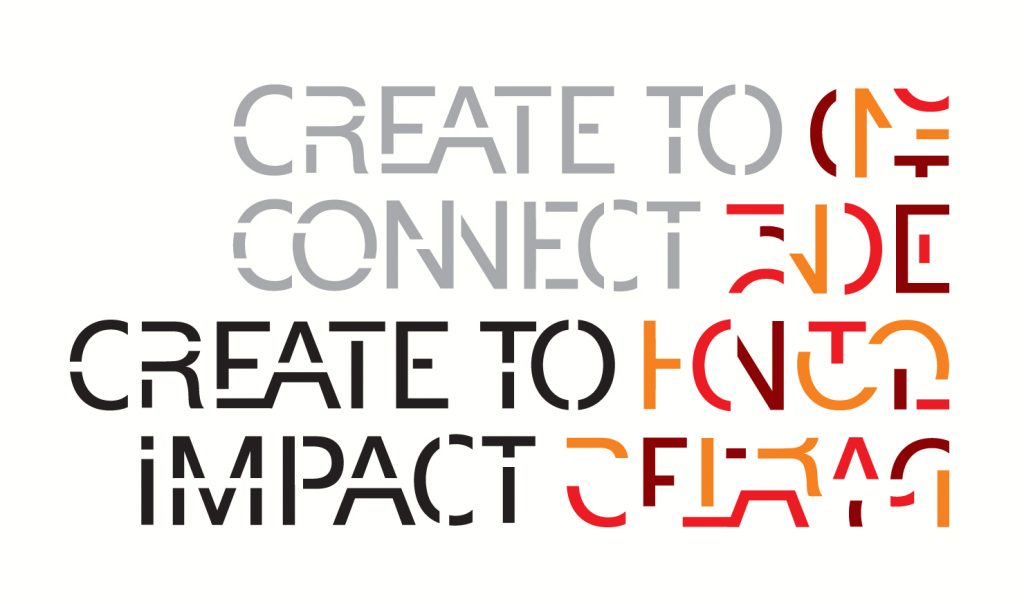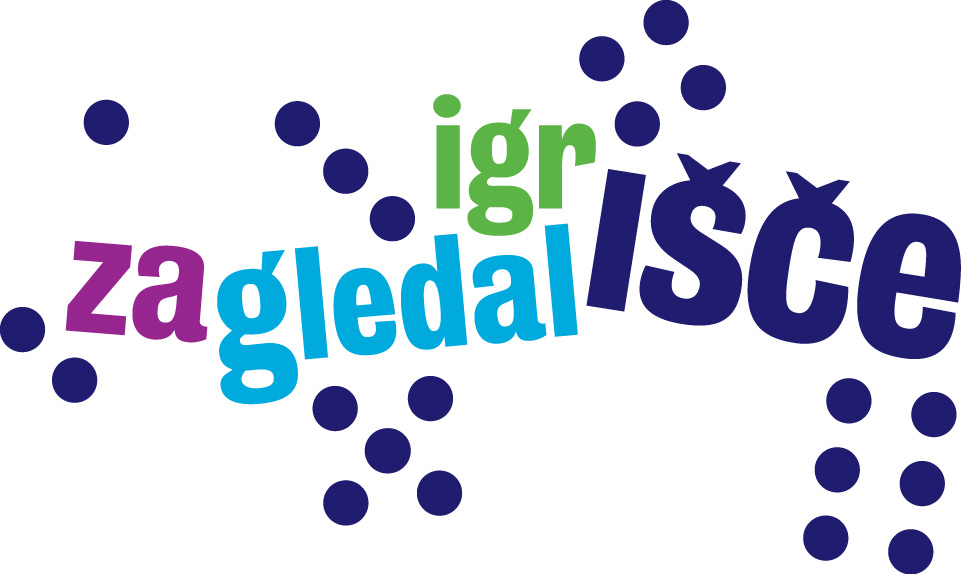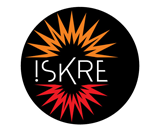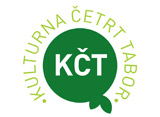Sostenuto: LECTURES AND PRESENTATIONS
Sacha Kagan – Which wealth for which sustainability?
The search process of sustainability fosters a reconsideration of the meaning and relevance of “wealth” for sustainable living, stimulating reflection on the aim of “living well together”. The different meanings and ambivalences of wealth (across its economic, social, cultural, spiritual, and ecological interpretations) shape a topography of opportunities and challenges for artists and other agents of social transformations on paths of (un-)sustainability.
Luis Vila – Cultural and Creative Occupations: An Analysis of Competences
The personal competence profiles of young university graduates working in cultural and creative occupations are analyzed relative to a) the competence profiles required for their current jobs, and b) the profiles of people with similar characteristics who do not work in cultural and creative occupations. The fulfillment of expectations is also considered for graduates working in cultural and creative occupations in terms of the match between personal values and current job orientations. The research is based on a large database collected by the macro-survey REFLEX, carried out among 40,000 young higher education graduates in 14 European countries.
Phoebe Giannisi & Zissis Kotionis – The Ark: Land, Biodiversity, and Architecture
The economic crisis and the crisis in agriculture and nutrition lead architectural thinking beyond the bounds of the constructed edifice. Architecture is defined anew in the set of practices for the planning and management of land spaces. Land is tantamount to cultivation: the cultivation of seeds and plants but also of civilization, interconnections, communication, and exchange.
The Ark which settled on the Pavilion of Greece at the Venice Architecture Biennale is described as a condenser – a seed bank as well as a field of exchange of both information and plant-seeding material.
Jaron Rowan – From Individuality to Community: New Forms of Cultural Entrepreneurship
If the first definition of creative industries claimed that these industries were based on individual creativity and personal talent, we are now in a time where the collective creation of cultural content is growing increasingly. We must think a business model that will promote this collective creation and the analysis of the potential problems arising from this change.
Škart – Seesaw Play-Grow
A story about the Serbian pavilion at the Venice Biennale 2010 – (why estranged seesaws and moving plants; why x-klatz, fork-klatz, herb-o-bile, tree-tread, plant-o-pet, bush-o-rush?)
… and why this architectural questioning-environment where seesaws are moving up and down and mobile-plants are going here and there, challenges various sets of common assumptions related to ourselves and others, social determinism, and the natural environment and the risks we are (un)willing to take when encountering the unknown?
Philippe Mouillon – Laboratoire, artistic works on an urban scale
Laboratoire designs and creates urban-scale artistic works that take their source in the the social, spatial, or historical peculiarities of the place of intervention.
Each urban installation is specific and combines global scale mutations, this impalpable reality made up of population migrations and the swift transfer of global information, the local scale of the daily life mixing, so many local identity sensibilities slowly accumulate, as well as the abundant complexity of the involved temporalities.
Pau Rausell Köster – Culture, Innovation, and Economic Growth
Economic science speaks of the relationship between culture and development. But the explanations are often too vague and we still front a “blackbox”. In general, the comparative mezzoeconomic techniques these researchers employ are descriptive exercises or correlations that do not build or test causal models of the contribution of culture to development. (Markusen, Gadwa, 2010). In this session we will try to go deeper, showing some hypotheses and empirical evidence regarding the role of innovation in the links between creative sectors and economic growth in the European context.
Lois H. Silverman – Social Work of Museums
Around the world, museums are using their resources to benefit human relationships and foster social change. How can art, artefacts, and exhibits serve as tools for health and mental health, especially for those in dire need? Museum studies specialist Lois H. Silverman looks at some compelling research findings and inspiring projects that reveal the potential of museums to serve as therapeutic and social agents for all, including those all too often forgotten.
Nancy Duxbury – Culture as a Factor of Sustainable Development
In the face of growing environmental and economic urgencies, issues of sustainability and resiliency are moving to the forefront of planning and policy in cities and communities of all sizes. City planning paradigms are mutating from a focus on building creative cities to achieving sustainable cities. In the transition to a more environmentally sound society, the ‘greening’ initiatives of cultural enterprises; messages from writers, artists, NGOs, and the media; and experiments exploring new ways of living in the world all play important roles. This presentation proposes three avenues towards a more systematic integration of these ideas and practices into societal systems: crystallizing a ‘critical mass’ among these ‘alternative’ initiatives, integrating cultural considerations in governance and planning processes, and recovering the importance of community rituals.
Lucy Neal – Transition Town
Lucy Neal talks about the role of the arts at a time of systemic change in our societies and about transition towns in particular as a global experiment in re-modelling our communities for a low-carbon future. She uses Transition Town Tooting as an example of positive collective response in South West London to peak oil consumption and climate change.
Jacques Boyer – Nomad Exploration
Ici-Même (Grenoble) is a variable geometry group founded in 1993 in Grenoble. Its artistic practice crosses approaches and blurs the boundaries between disciplines, depending on meetings and collaborations.
Jean-Michel Lucas – Agenda 21 for Culture and Cultural Rights
Culture is too ambiguous a term, for we do not seek to uncover the inappropriate meanings in relation to issues of the sustainable development to which humanity aspires.
From this point of view, the lecture begins by showing how the concepts that make culture a “contribution” to sustainable development do not satisfy this criteria. Then it considers that the idea of making culture the “fourth pillar” of sustainable development is reduced to a cross-cutting cohabitation, without future, with the other areas of public policy (ecological, economic, social) which necessarily impose their leadership on the cultural sector.
István Szakáts – Social Guerrilla
Going far beyond the green guerrilla movement, social guerrilla is the newest form of harnessing the power of articulated public discourse. The presentation explores the potential and the limits of a global social guerrilla movement, based on John Boyd’s cell concept, an e-bay of social trust, and some cryptography.
Hildegard Kurt – Why desirable social change needs an expanded concept of art
Based on the idea that every human being is an artist, the expanded concept of art, or in other words: social sculpture, offers a new, viable understanding of the human being. What does the expanded concept of art, i.e. social sculpture, mean? Why is it so vital in order to practice truly humane – and thus also ecological – forms of living and working, of economy, of science, of education and politics? Hildegard Kurt is a cultural researcher and social sculpture practicioner at “and. Institute for Art, Culture and Sustainability” in Berlin, Germany, and at “Social Sculpture Research Unit” at Oxford Brookes University (GB). Some key ideas in this lecture build on the work of interdisciplinary artist Shelley Sacks, director of the Social Sculpture Research Unit at Oxford Brookes University, with whom Hildegard Kurt collaborates.
Vanesa Castro and Iñaki López – FurAlleFalle
Vanesa Castro and Iñaki López talk about producing participatory events. They present what kind of activities can be developed in order to create local networks and what the benefits of these cultural networks are. In order to answer these questions they discuss some of the projects we have successfully developed.
Franz Koppelstaetter: The Reopening of the Morion Social Centre in Venice
Referring to the former use, IKA collective aimed at creating an open house again, which is on the one hand accessible with regard to the immediate vicinity, and on the other hand a residence for international artists participating in this process. Different interventions and actions as well as the continuing contact with the neighborhood made it possible to reopen the well-known house and to bring about a sustainable improvement in its conception.
Fazette Bordage – The New Territories of Art
The abandoned becomes desirable, the ill-adapted suitable, the old full of promises for the future…
How can civil-society-driven spaces re-use empty buildings from the industrial era as open multidisciplinary art spaces, after some 3 decades of experience, and today provide some knowledge and inspire beautiful human changes in European development?
Edin Jašarović – On the Good and the Bad Road in Life
The six-month long project “on the good and the bad road in life” comprises a series of artistic workshops and theatre play performances in the “Ljubovic Centre” in Podgorica, Montenegro. The process is primarily directed at work with a group of about 10-12 children/youths situated at the Centre for Juvenile Delinquency, but also includes the Centre’s staff and a group of children from the Drama Studio in Podgorica. The project will develop through a series of theatre workshops (theatre sessions) that will contribute to the creation of a coherent, open, and well-rehearsed group of young people. The purpose of multimedia workshops that are primarily of a self-reflective and open character is to generate scenic/dramatic material which will be used to create a theatre play as the end result of the whole process. Therefore, true life stories of workshop participants will be used to create the script of a theatre play.
Deepak Srinivasan – Maraa
As researcher, artist, and media practitioner, he is currently a member of Maraa, a media collective based in Bangalore, and works at the Srishti School of Art, Design, and Technology, Bangalore. As an art practitioner, he is engaged in fostering local linkages between practitioner groups, activists, communities, and policy consortiums.
Anika Barkan – ART to ACT – a model for situating art and artists as an active part of future city planning
Creating a platform where “artistic-thinking” (outside-the-box, lateral, imaginative) is instigated in a holistic sense and becomes an evident part of decision-making.
My interest is in discovering how the qualities and competences of artists i.e. creativity, beauty, diversity, and the incorporation of collective memory and knowledge, can reach beyond the common notion of artwork.
Natalya Velikaya – Cultural intervention in the Russian provinces
The presentation is devoted to the new cultural policy in Russian regions, where culture is considered to be a main resource for regional development. This is a new approach in Russia because usually culture is financed last of all and considered an unimportant area for investment. The aim of the presentation is to observe some results of cultural interventions, including the establishment of new cultural organizations, new jobs, the arrangement of conditions for active cultural values consumption and public opinion about new forms of cultural activity and to show how it is possible to overcome existing inequalities regarding access to cultural values.
Simona Levi – Innovation, creativity and access to knowledge in the digital age
Simona Levi focuses her presentation on innovation, creativity, and access to knowledge in the digital age through a presentation of the work of Exgae, a civil organisation that is fighting the abuses of the cultural industry’s trade interest groups by providing legal advice, submitting legislative propositions, and creating campaigns and events for the promotion of free access to knowledge.
Xavier Comtesse – Direct Territories
Territories as defined by social, cultural, and political history have become disconnected from the ecosystems in which people and businesses live and work today. Especially new ways of communicating have created an additional layer on top of these old territories. Ecosystems ultimately define new territories in which we coexist. These new ways of communicating have also created a new culture of “direct” participation. As a result, governments need to reconsider their processes, to foster participation, and learn to manage collaboration between multi-stakeholders from both the public and private sectors. Rather than deregulation, it calls for a redefinition of the role of government and of the culture we co-create.
Alban Cogrel – Cooperation and new partnerships
For a few years now, the cluster Les Articulteurs in the territory of Pays de Redon has been implementing a new innovative form of cooperation between actors, from the cultural, social, education and economic sectors based in the same territory, proposing at the same time a European opening to this initiative. These actors are proposing a new model of social, cultural, and economic development, placing culture at the core of the process.
Igor Pribac – The Economic Productivity of Culture and Art
There is a widespread opinion that culture and art should be left to the market in order to prove their survival capabilities. It is also often stressed that to take steps towards a postindustrial, knowledge-based society, we should foster research and scientific activities in the area of the natural sciences, as being decisive to that end. These two premises cut off culture and art from the main resources of our future. The intention of this lecture is to at least partly reverse this picture. To begin with: From where are ideas coming?
Hélène Combe – Governance an New Indicators of Wealth
At the heart of sustainable development: the human question, and particularly the need to reach agreement on the sharing of risk and a better distribution of wealth. Given the urgency of a radical transformation of our development model and the logics of transition that it involves, the issue of democracy is paramount. Inventing a new governance and collectively building new tools to control our choices are two major tasks in managing to move from a “some have much society” to a “sustained well-being-for-all society in a preserved and shared environment”.
Goran Sušić – The limits of the notion of sustainable development
“Sustainable development” cannot be defined nor achieved and will explain the contradiction in the terminology and expression (development cannot be sustainable!). They will present the idea of James Lovelock’s “sustainable retreat”.
The thesis on which this lecture is based is summarized in the thoughts of Sir Crispin Tickell, British diplomat, environmentalist, and academic: “The ideology of industrial society, boosted by conceptions of economic development, the continuous growth of living standard, and the belief that technology solves everything must fail in the long term. We need an ethical system in which the natural world has value not only for the well-being of man but also for itself and according to itself.”
Aldo Cibic – Rethinking Happiness
We face a future in many cases full of uncertainties; at the same time, however, we are aware of the many problems facing us: the list is long, but to mention only some: we must tackle integration, personal safety, food safety, energy safety and sources, the economy, waste safety, resources safety, suburb degradation, etc. To fight our fears we need to find the way to proceed with some kind of sensible, creative, and interesting planning that can produce ideas, proposals, and solutions able to guarantee an upgrading of quality of life, for us as well as for our children and the people around us. It is an idea of happiness that we can build by rolling up our sleeves, and which is generated by different people all sharing the intent to live together to create new communities. This idea translates into four new places, each narrated through four hyper-realistic models, pictures, and drawings.
Olinka Vištica – Museum of Broken Relationships
Museum of Broken Relationships is a project that started as an art installation, which then evolved into a touring exhibit and most recently into its permanent museum location in Zagreb (Croatia) thanks to the overwhelming response from the audience, who are at the same time the creators and viewers of its highly emotional collection: objects that document an everyday/universal situation of many lives – a broken relationship. How can cultural practices tap the power of personal artefacts, universal emotions, local exhibitions and international collections in order to engage and connect people of all kinds, and foster profound experiences of personal, communal, and intercultural learning for a global age?
Emina Višnić
In her presentation, Emina Višnić tries to think about the position of culture in today’s society – its current (imposed) roles and its potentially more socially influential roles. Her starting position, following Jim McGuigan and other thinkers, is that the core concept of culture is directly connected to the concept of the public sphere. She tries to argue against the usual binary oppositions that are creating false choices (instrumentalism vs. lartpourlartism), and for greater inclusion of civil society in all phases of the cultural circuit.
Apolonija Šušteršič- Hustadt Project
Hustadt Project is a series of projects taking place in Hustadt, Bochum. Based on research, the aim is to create the conditions for public participation (parallel to an official participatory urban planning process) through a public art commission, and together with a group of inhabitants make a suggestion that can influence and definitely shift the official planning proposal of Hustadt.
Alessandro La Grassa – The lands that trembled
During the 1960s the Belice Valley (western Sicily) was involved in an impressive (for the period and the context) experiment of popular participation and civil disobedience regarding local development, inspired by a famous social worker, Danilo Dolci.
These initiatives, interrupted in 1968 by a terrible earthquake which devastated the Belice Valley, attracted and inspired many people from the rest of Italy and Europe.
With our Project “Le Terre che Tremarono” (The Lands that Trembled) we are attempting to collect the memories of that period, to explain that experience to the new generations (through a sort of Popular Museum of Memory) and to work with the local population on a project of responsible tourism.

